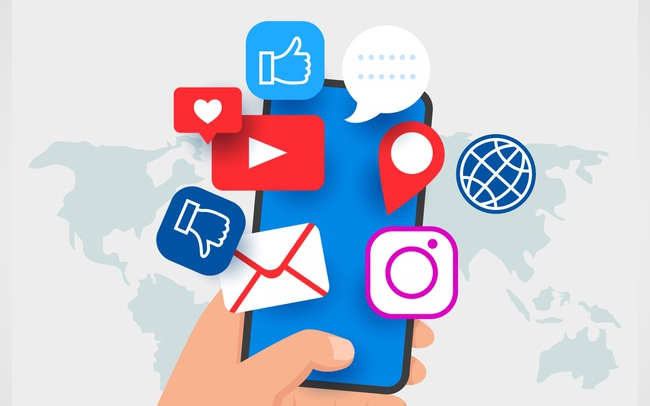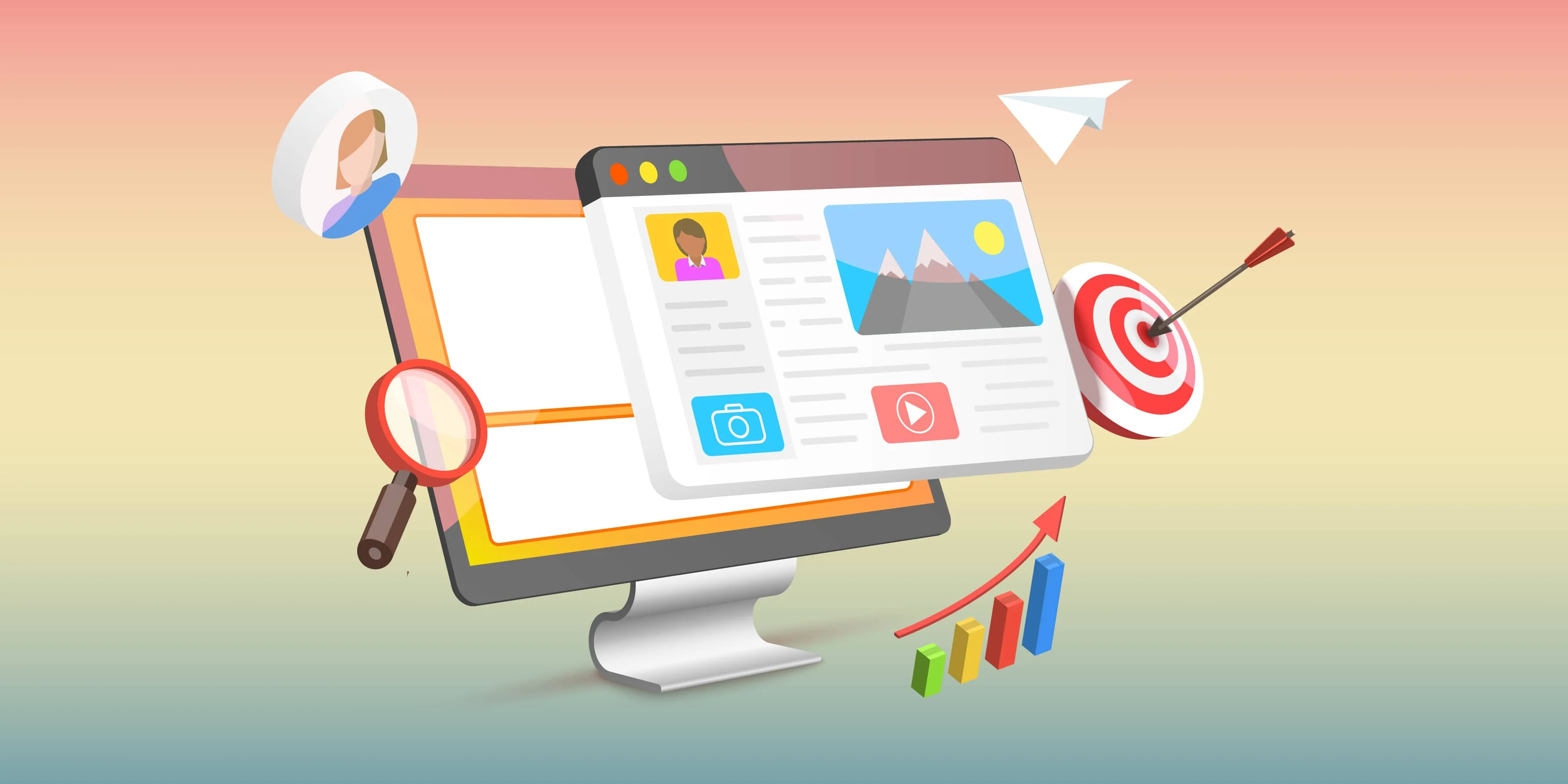Hello!
The most obvious and significant difference between a landing page and your website home page is what the purpose or goal of the website is.
It’s true that for individuals new to your brand, both a landing page and a home page can be the first encounter they have with what you, or your clients, have to offer.
A home page of your site is just that – the page that people arrive at when they click your link. If your business is XYZ, when an individual goes to the URL bar of their browser and types in XYZ.com, the page that pops up is your website home page.
The purpose of a home page should be informational. For many, this will be the first encounter they have with your brand beyond whatever brought them to your site – perhaps word of mouth.
 The home page should clearly and effectively communicate:
The home page should clearly and effectively communicate:
- The general goods or services a brand offers. Do you sell shoes? Do you offer expert consulting for HVAC systems? Do you offer graphic design? Your home page should say so! A visitor to your home page should be able to understand just what a brand has to offer them, at least on a high level.
- Your brand’s voice and style. The home pages of a graphic designer, a consulting agency, and a trendy food truck won’t just advertise different services, they’ll all likely look – and sound – very different. Would you think an arcade whose home page was written in strict business-speak would be much fun to go visit? Alternatively, would you hire a lawyer whose home page sounded overly casual and made references to their favorite classic video games?
(we might, but that’s besides the point.)
Emotional connection with brands is more important than ever before for consumers. Your home page doesn’t just tell a visitor what your brand does, it tells them how your brand is supposed to make them feel. - How to engage further with the brand. Unlike a landing page (which we’ll get to shortly), driving action isn’t the main purpose of your home page. However, does that mean there shouldn’t be a way at all for someone curious to increase engagement.
For many brands, that may be something as simple as a “contact” link towards the bottom of the page. However, it could also be a link to a demo for a SaaS company, a link to a menu listing for a restaurant, or a mailing list for product deals for an ecommerce brand.
 So these are what a home page for a website should be doing. But what about a landing page?
So these are what a home page for a website should be doing. But what about a landing page?
Well, when it comes to the goal of a landing page vs. the goal of a home page, your landing page has a different function. The purpose of a landing page should be action-oriented.
That’s not to say that a landing page can’t have information about a service or products, or that it can’t communicate brand tone and style – it can, and it should! But these are not the primary goals of a landing page.
To put it in other words, a landing page exists to try and get a visitor to take a desired action for a specific brand or product.
 This can include things like:
This can include things like:
- Signing up for a mailing list
- Signing up for an event, like a webinar or other occasion
- Taking a demo of a software solution
- Purchasing a product
- Downloading premium content like an ebook
- Collecting personal contact information
 In other words, depending on the landing page, the purpose of the page should be to move them down the marketing funnel.
In other words, depending on the landing page, the purpose of the page should be to move them down the marketing funnel.
An initial touchpoint with a “cold” audience may not be designed to drive a sale that moment, but to collect contact information that can be used to nurture the potential customer.
On the other hand, a page for purchasers more familiar with the brand – at the bottom of the funnel, so to speak – can be more explicit about being a hard sell.
Also read:
- 6 Types of Data Recovery Options
- Adoption Of Technologies Like AI, ML by the Insurance Sector
- Unique Ways To Sell Your Products On Social Media
Thank you!
Join us on social media!
See you!






